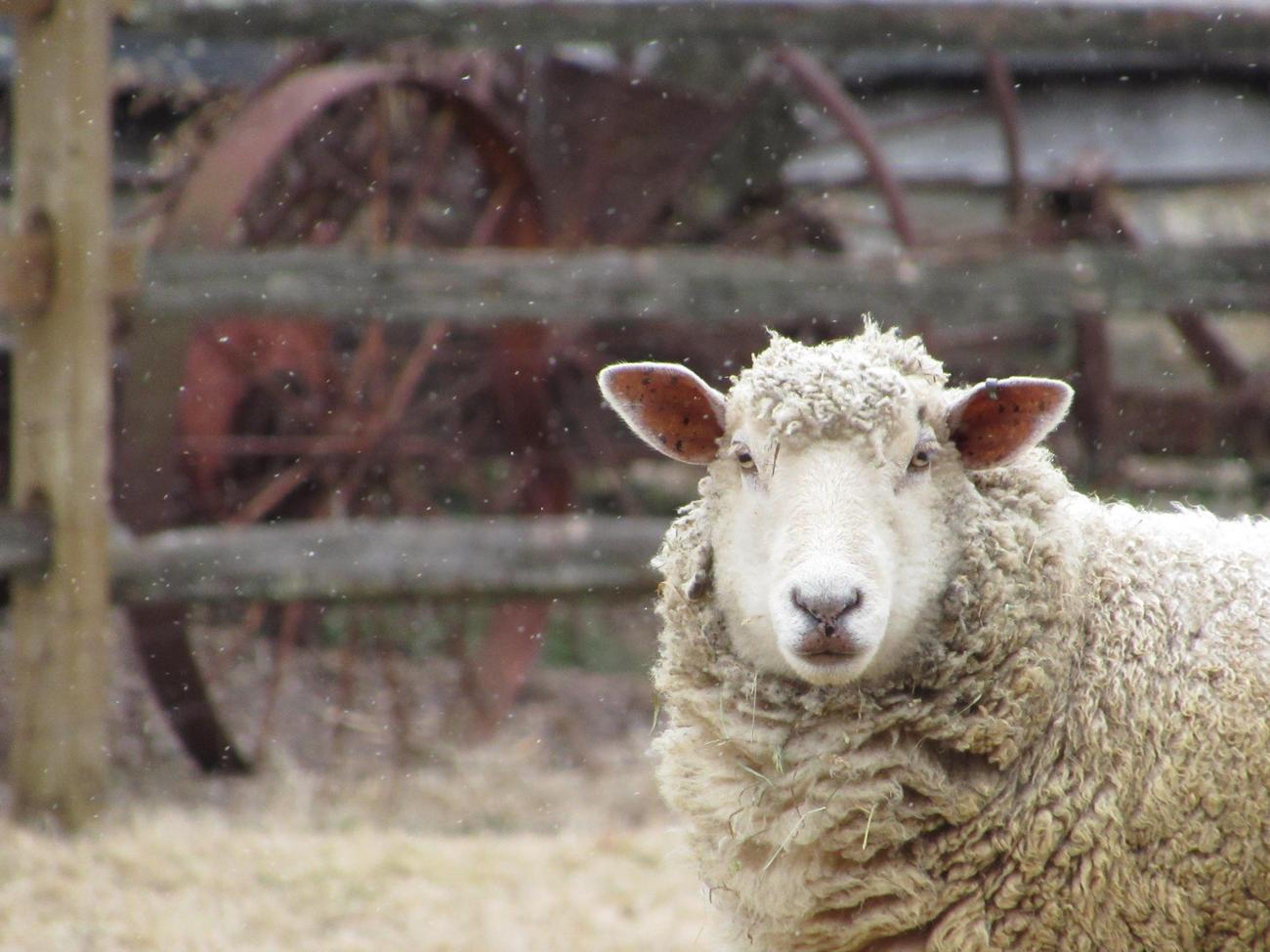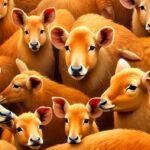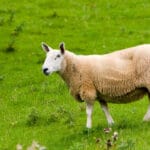Understanding the Distinction: Lamb vs. Sheep
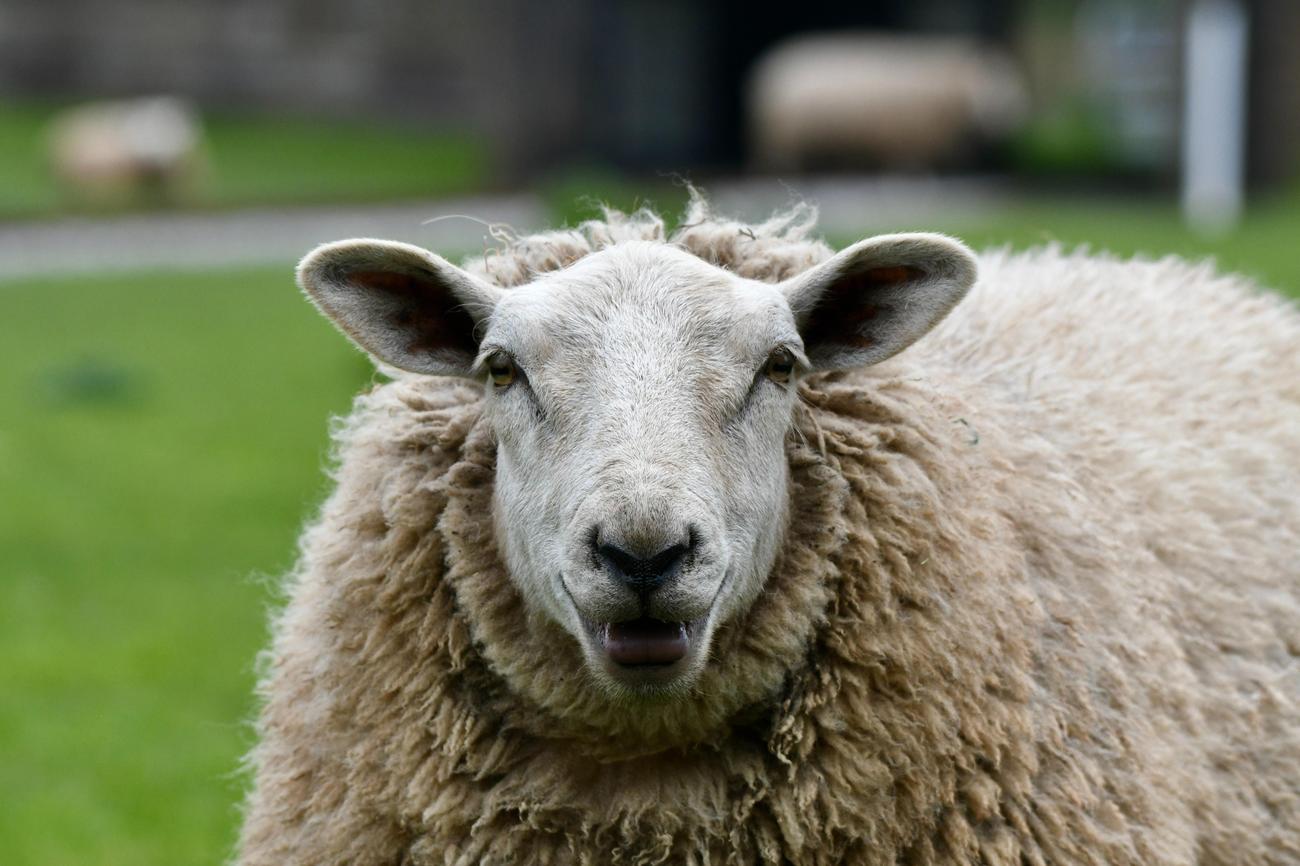
Are you curious to know the difference between a lamb and a sheep? Look no further! As an experienced agricultural expert in livestock management, specializing in sheep and lamb, I have dedicated countless hours to studying their unique characteristics, behaviors, and nutritional requirements. With a deep comprehension of the intricacies between these two animals, I am thrilled to share my insights with you. Whether you’re a farmer, a consumer, or simply someone with an interest in animal husbandry, this article aims to provide you with a comprehensive understanding of the distinctions between sheep and lamb, enabling you to appreciate these fascinating creatures with clarity and confidence.
What is the Difference Between a Lamb and a Sheep?
When it comes to sheep and lambs, there are several notable differences to consider. These differences range from age and size to characteristics like their wool and meat. Understanding these distinctions is essential for farmers, consumers, and anyone with an interest in livestock management. In this article, we will delve into the distinct features of lambs and sheep, shedding light on what sets them apart.
Age: Lambs vs. Sheep
One of the primary differences between a lamb and a sheep is their age. A lamb is a young sheep that is under one year old. Once a lamb reaches adulthood, it is considered a sheep. This age difference is significant, particularly when it comes to pricing and value. Lambs are generally more valuable than older sheep. Understanding this distinction is crucial for both buyers and sellers in the livestock industry.
“Age plays a pivotal role in determining the value of lambs and sheep.”
Size Matters
Another noteworthy difference between lambs and sheep is their size. Lambs are typically smaller, standing at about 2 to 4 feet tall. On the other hand, sheep are larger and heavier. This disparity in size can be attributed to the natural growth and development of the animals. Farmers and herders ought to be mindful of these size differences, as they may impact various aspects, such as the allocation of resources and the specific handling requirements for each.
“Lambs and sheep can be distinguished by their contrasting sizes.”
Wool Quality
Wool is an essential characteristic that sets lambs and sheep apart. Sheep have more wool than lambs. The wool of lambs is generally softer and more luxurious when compared to that of sheep. This is due to the fact that the wool of lambs has not yet undergone as much exposure and wear as that of adult sheep. The quality and characteristics of their wool are important considerations for wool producers, crafters, and those interested in textile industries.
“The wool of lambs stands out for its superior softness and delicacy.”
Dental Distinctions
Teeth provide another means of distinguishing between lambs and sheep. Lambs have small milk teeth, while sheep possess larger adult teeth. This disparity in dental characteristics is a clear indicator of their respective stages of growth and development. Farmers and animal handlers need to be familiar with these dental differences to ensure proper care, feeding, and health management for their livestock.
“Examining teeth can tell you whether you’re dealing with a lamb or a full-grown sheep.”
Horns or No Horns
Horns are yet another aspect that aids in differentiating between domestic lambs, wild lambs, and sheep. Neither domestic nor wild lambs have horns. However, some adult sheep, depending on the breed, may have horns. The presence or absence of horns can be an essential feature when inspecting or identifying these animals. It is worth noting that the existence of horns does not impact the overall quality or value of the animal but serves as a visual indicator of its species and age.
“Horns can give insight into whether you’re observing a lamb or a fully-grown sheep.”
Meat Distinction
Lastly, there is a distinction in the meat produced by lambs and sheep. Lamb meat, often referred to simply as lamb, is derived from young sheep. It is known for its tenderness, mild flavor, and delicate texture. On the other hand, meat from adult sheep is termed mutton. Mutton tends to be tougher with a stronger, gamey taste. These differences in taste and texture make lamb a popular choice for various culinary preferences and cooking techniques.
“The distinction in meat quality between lamb and mutton caters to diverse palate preferences.”
In conclusion, understanding the differences between lambs and sheep is essential for livestock management, pricing, and overall comprehension of these animals. By considering their age, size, wool, teeth, horns, and meat, we can appreciate the numerous variations that define each. Whether you are a farmer, consumer, or an enthusiast, knowledge of these distinctions will aid in better decision-making and further appreciation of these remarkable creatures.
Sheep are fascinating creatures, and if you’re curious about their unique traits and behavior, we’ve got you covered! Click here to uncover some interesting facts about sheep. Trust us, you won’t be disappointed.
Pique your interest with fascinating facts about sheep
The Difference Between Sheep and Lambs
[youtube v=”7w8K8GHs5Aw”]
Overview
In this article, we will explore the distinction between sheep and lambs. While the terms may seem interchangeable, there are key differences that set them apart. We will discuss their age, size, wool quality, dental characteristics, horn presence, and the unique qualities of lamb meat.
Age and Size Differences
Lambs are young sheep that are under one year old, while sheep refer to the adult members of the species. This age distinction is crucial when it comes to their classification. Lambs are generally more valuable than older sheep due to their tender meat and delicate texture. On the other hand, mutton, which is meat from adult sheep, tends to be tougher and has a stronger, gamey taste.
Lambs are smaller in size compared to sheep. Standing at about 2 to 4 feet tall, lambs are lighter and more compact. In contrast, adult sheep are larger and heavier. Quote: “Lambs are near full-grown when they reach their first birthday, but they will still be referred to as lambs until then.”
Wool and Teeth Differences
Apart from their age and size, lambs and sheep also differ in terms of their wool and teeth. Lambs have softer and more luxurious wool compared to sheep. This high-quality wool is sought after for its fine texture. In contrast, sheep have coarser wool due to natural aging processes. Quote: “The wool from lambs is known for its softness and is highly prized in the textile industry.”
When it comes to dental characteristics, lambs have small milk teeth, while sheep have larger adult teeth. This transition from milk teeth to adult teeth reflects their growth and development. Quote: “The change in tooth size indicates the maturation of lambs into fully-grown sheep.”
Horn Presence
While neither domestic nor wild lambs possess horns, it is important to note that some sheep breeds may have horns. The presence or absence of horns can vary depending on the specific breed. Quote: “The horned or hornless characteristic is a breed-specific trait and does not apply to all sheep or lambs.”
Understanding Lamb Meat
One of the most significant differences between sheep and lambs lies in the taste and texture of their meat. Lamb meat is known for its tenderness, mild flavor, and delicate texture. This is why it is often preferred by many people. In contrast, mutton, which comes from adult sheep, tends to be tougher with a stronger, gamey taste. Quote: “The distinction in taste between lamb and mutton is attributed to the age and maturity of the animal.”
To provide a clear understanding of the differences between sheep and lambs, the following table summarizes the key points discussed in this article:
| Aspect | Lambs | Sheep |
|———————-|——————————–|——————————————-|
| Age | Under one year old | Over one year old |
| Size | Smaller and lighter | Larger and heavier |
| Wool Quality | Soft and luxurious | Coarser due to aging |
| Teeth | Small milk teeth | Larger adult teeth |
| Horns | No horns | Breed-specific (some sheep may have horns) |
| Meat Taste and Texture | Tender, mild flavor, delicate texture | Tougher, stronger, gamey taste |
To conclude, understanding the difference between sheep and lambs is essential to properly categorize these animals. Whether it’s their age, size, wool, teeth, or even the taste and texture of their meat, each factor contributes to their unique characteristics.
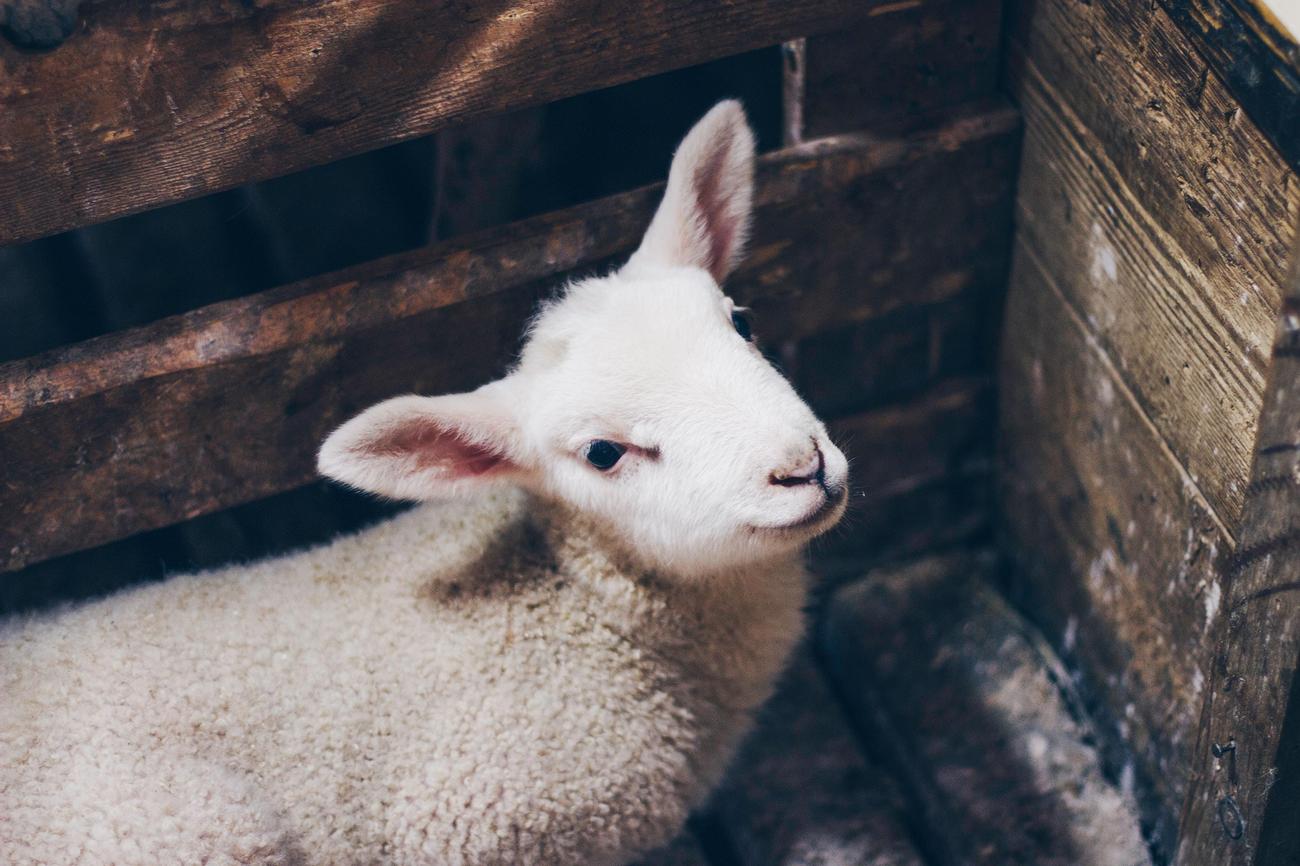
FAQ
Q: What is the difference between a lamb and a sheep?
A: The main differences between a lamb and a sheep are age, size, wool, teeth, horns, and meat characteristics. A lamb is a young sheep under one year of age, while a sheep is an adult. Lambs are typically smaller in size, ranging from 2 to 4 feet tall, while sheep are larger and heavier. Sheep have more wool than lambs, with lambs having softer and more luxurious wool. Lambs have smaller milk teeth, while sheep have larger adult teeth. Neither domestic nor wild lambs have horns, but some adult sheep may have horns. The meat from sheep, known as mutton, is tougher and has a stronger, gamey taste compared to lamb meat.
Q: Why is the age difference between a lamb and a sheep important?
A: The age difference between a lamb and a sheep is important in terms of pricing and value. Lambs are generally more valuable than older sheep. Understanding the age difference can help in distinguishing between lambs and sheep and recognizing their respective market values.
Q: How can you differentiate the size of a lamb and a sheep?
A: Lambs are typically smaller in size compared to sheep. They range from 2 to 4 feet tall, while sheep are larger and heavier. Observing their physical stature can help in distinguishing between the two.
Q: Do lambs and sheep have different types of wool?
A: Yes, lambs and sheep have different types of wool. Sheep have more wool compared to lambs, and lamb wool is generally softer and more luxurious. Recognizing these differences can be beneficial when considering wool quality and uses.
Q: What are the differences in meat quality between sheep and lamb?
A: Sheep meat, known as mutton, is typically tougher and has a stronger, gamey taste compared to lamb meat. Lambs offer a more tender and milder-tasting meat. Understanding these differences in meat characteristics can help in making informed choices when it comes to cooking and consuming sheep or lamb meat.
